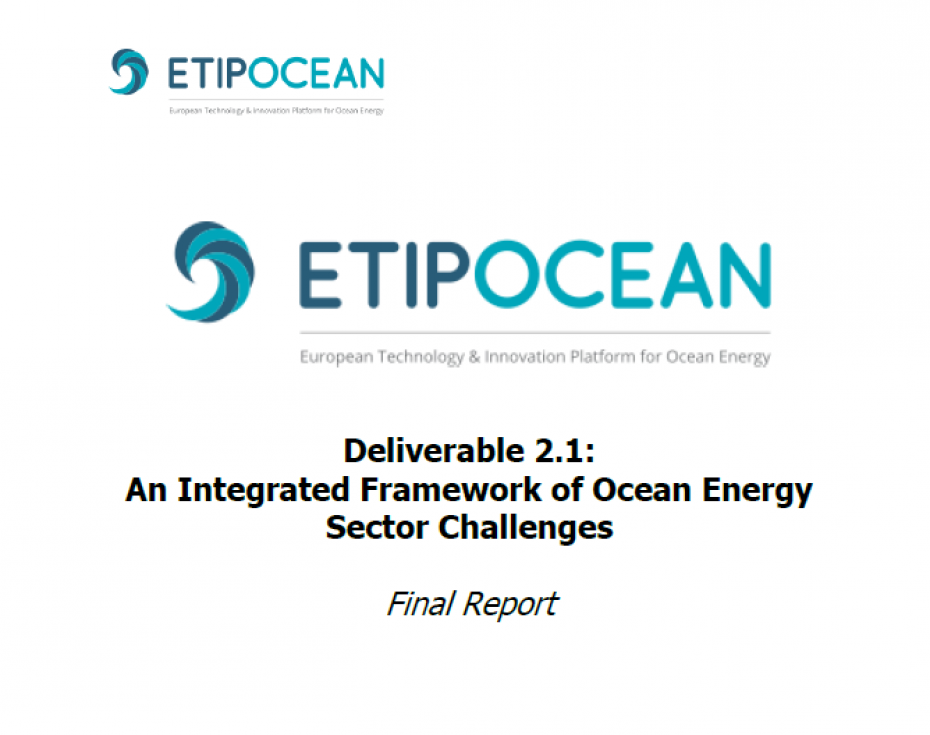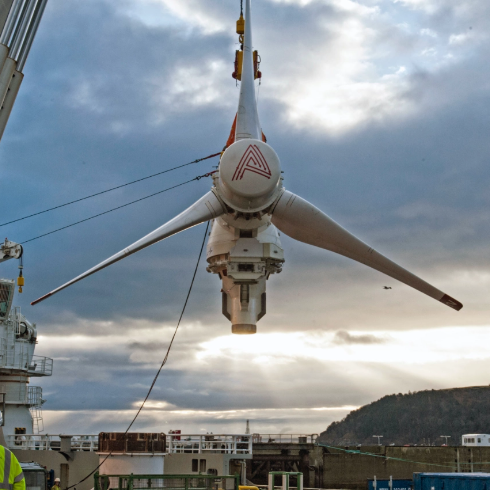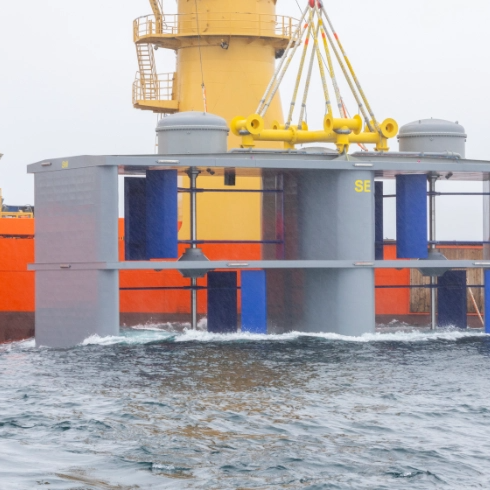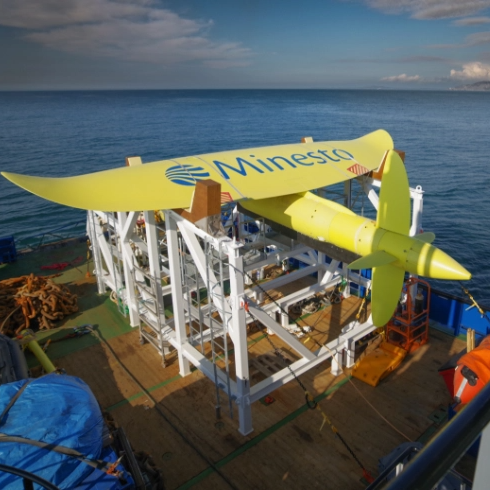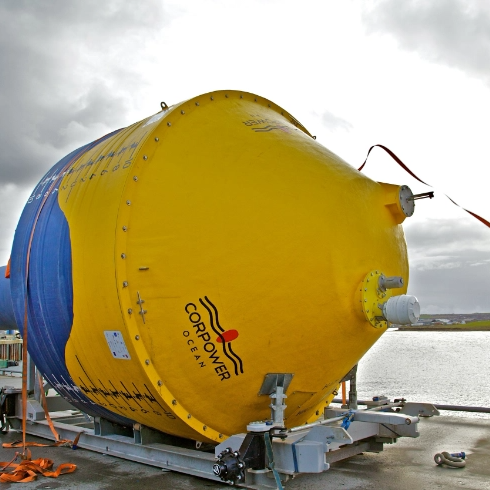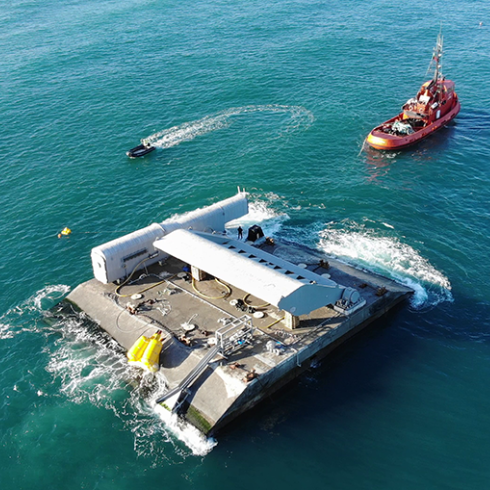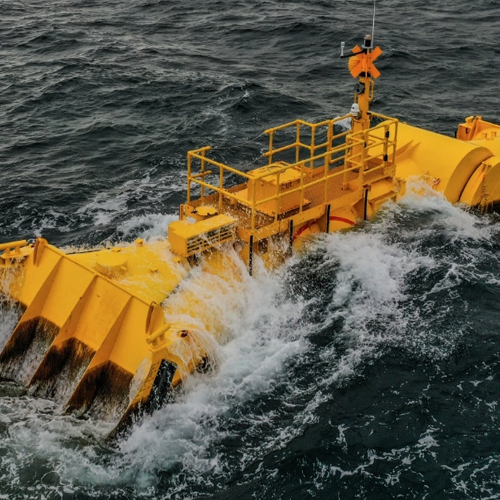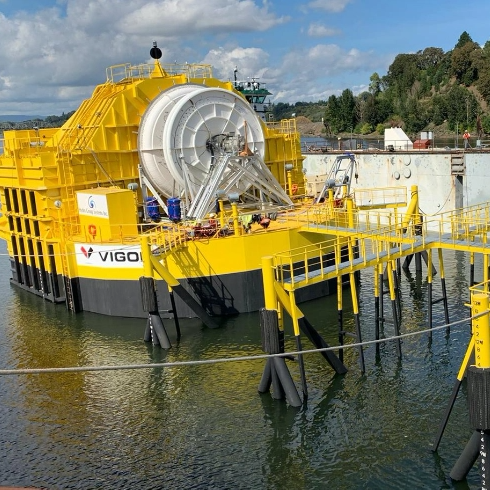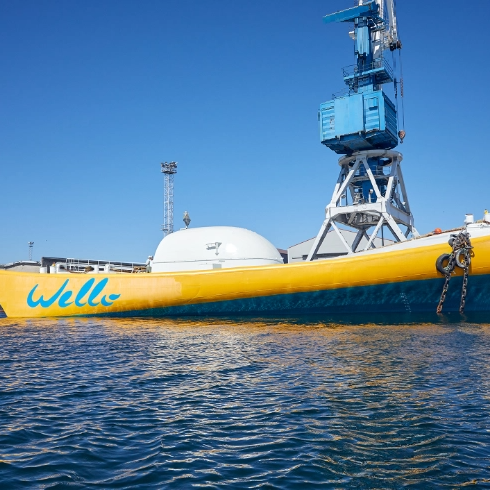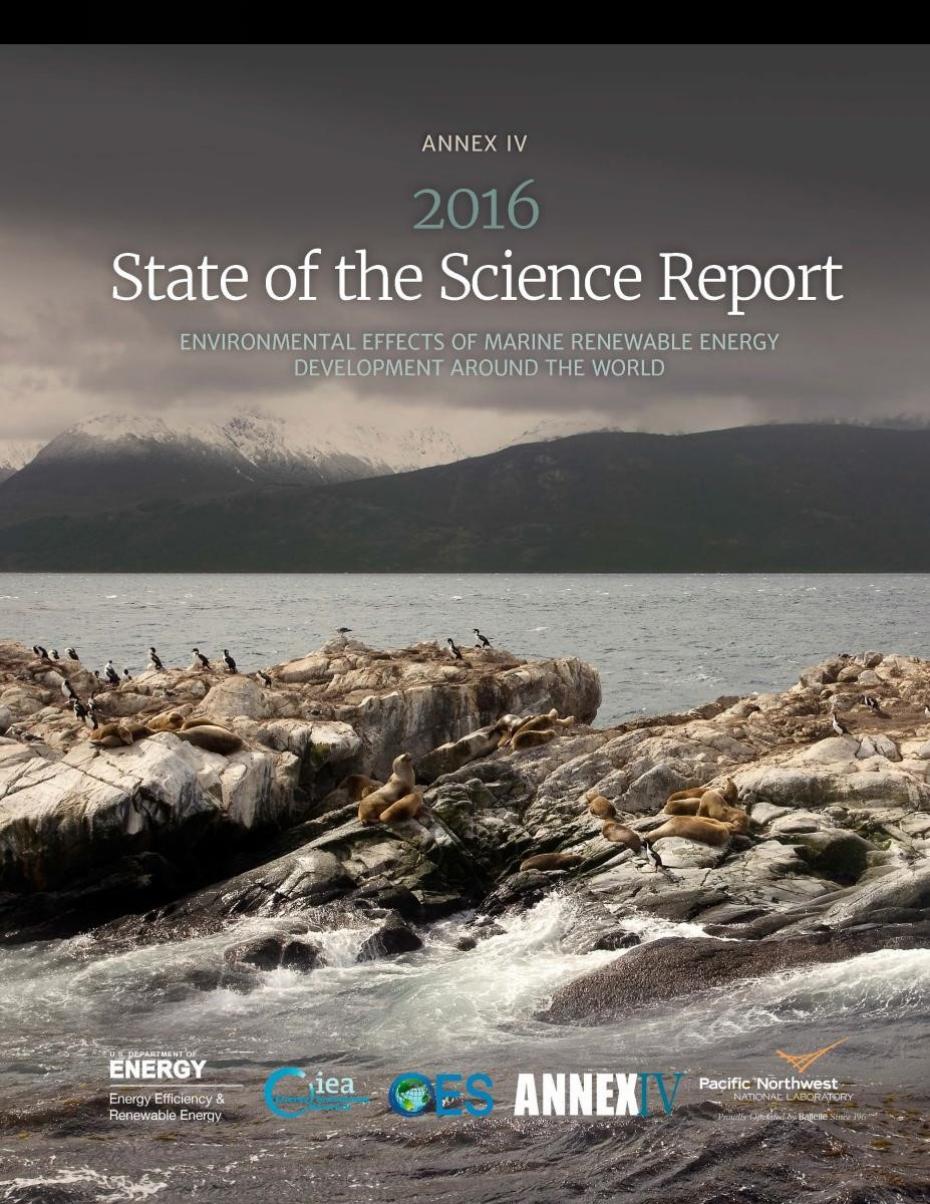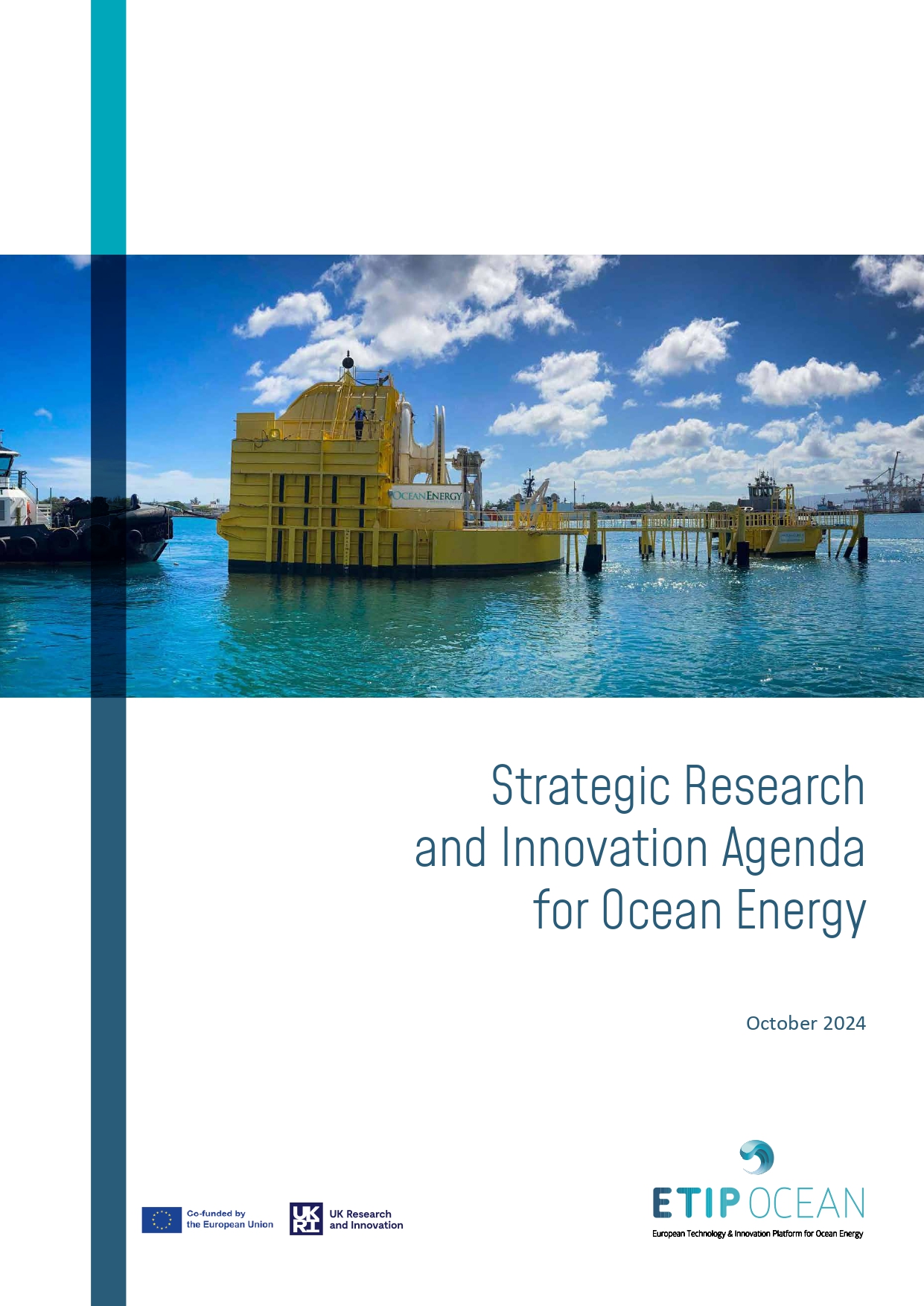
Key Trends & Statistics 2019
Ocean Energy Europe has released Ocean Energy Key Trends & Statistics 2019, based on data gathered from the ocean energy industry.
The report shows that Europe still leads the world in tidal energy installations, and European tidal stream projects generated 50% more electricity in 2019 than the year before.
European tidal stream capacity continued to climb in 2019, reaching 27.7 MW cumulatively – almost four times as much as the rest of the world. This is despite a slowdown in deployments as developers prepare for larger projects to hit the water in the next few years. Outside of Europe, the first of several European-led projects in Canada reached financial close, thanks to a dedicated Feed-In Tariff for tidal energy.
Electricity produced by tidal energy shifted up a gear in 2019, adding 15 gigawatt-hours to Europe’s running total – which hit 49 gigawatt-hours at the end of the year. This uptick demonstrates that the technology can work over a long period of time in aggressive waters. With improving efficiency and falling costs, tidal energy is all set to become a mainstream power source.
In the wave energy sector, installed capacity in Europe grew by 25%, continuing the sector’s steady growth over the past decade. Several projects hit the water along the Atlantic and North Sea coasts, taking Europe’s cumulative installations to 11.8 MW.
Although Europe remains at the forefront of wave energy in terms of cumulative capacity and technological excellence, the gap is narrowing. Annual installations in other parts of the world have, for the second year running, overtaken Europe. The USA and China are beginning to reap the rewards of sustained investments in RD&I, with combined installations of 1.8 MW in 2019.
This is an extract, full report available as PDF download
Download full report
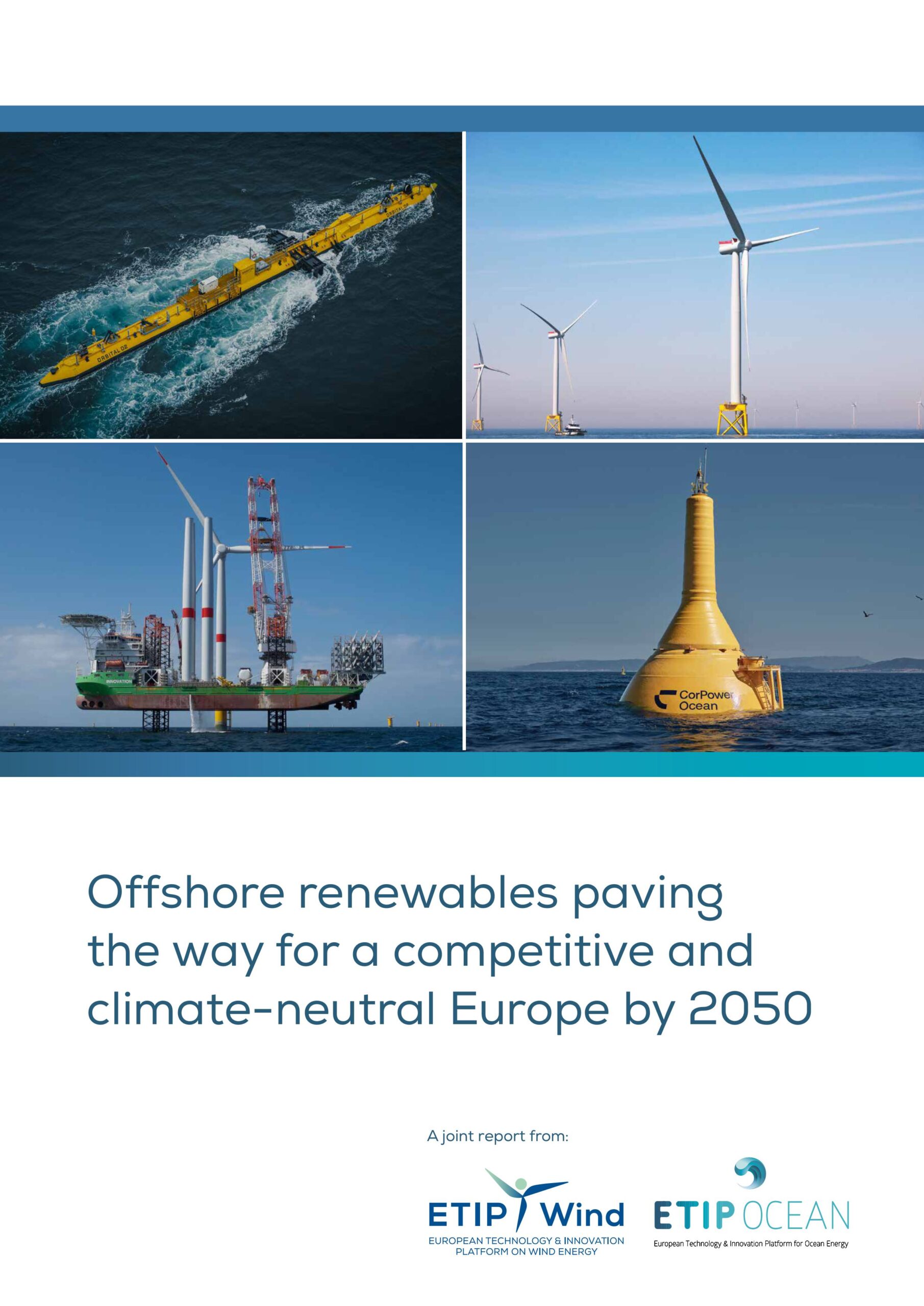
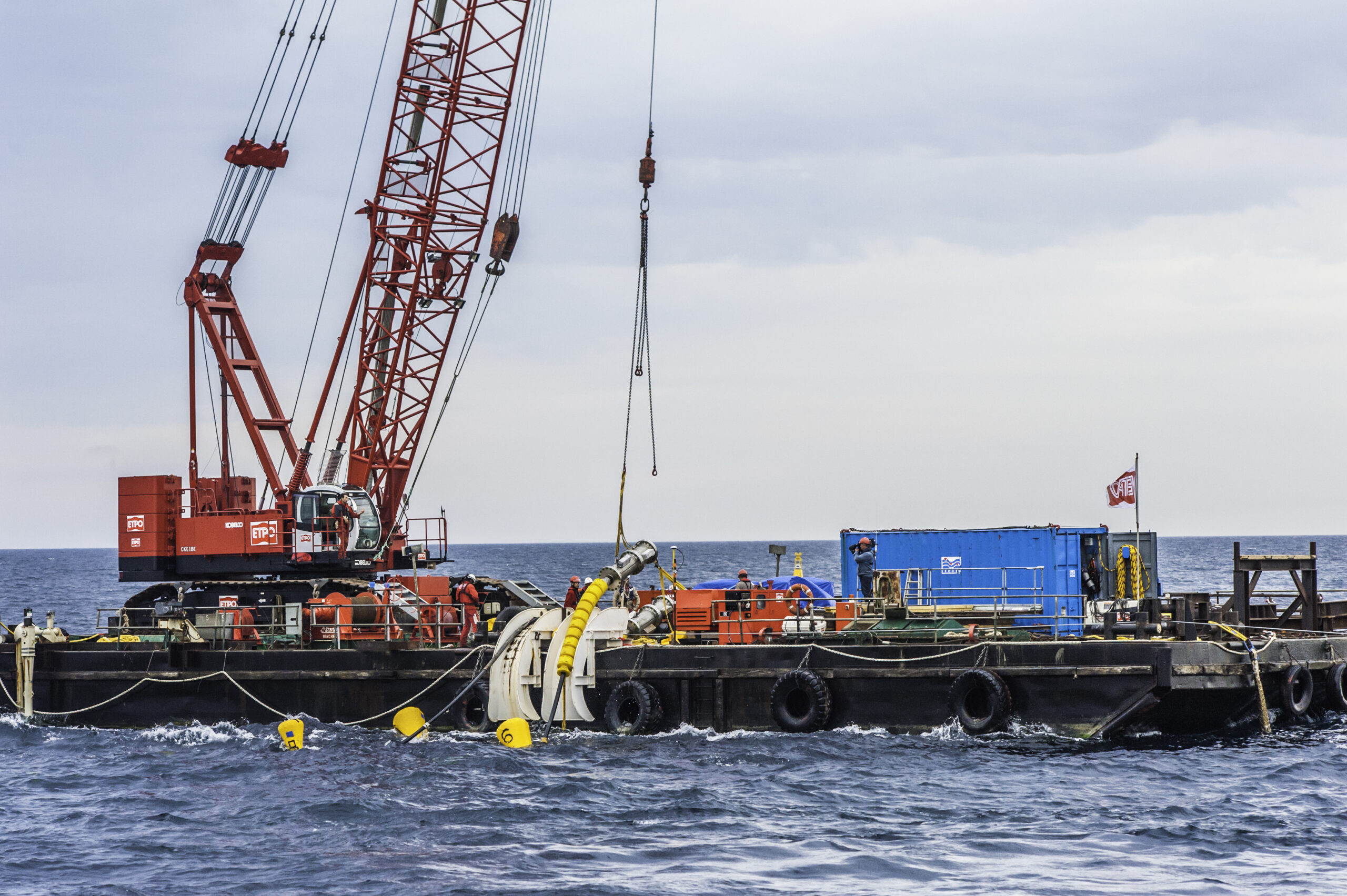
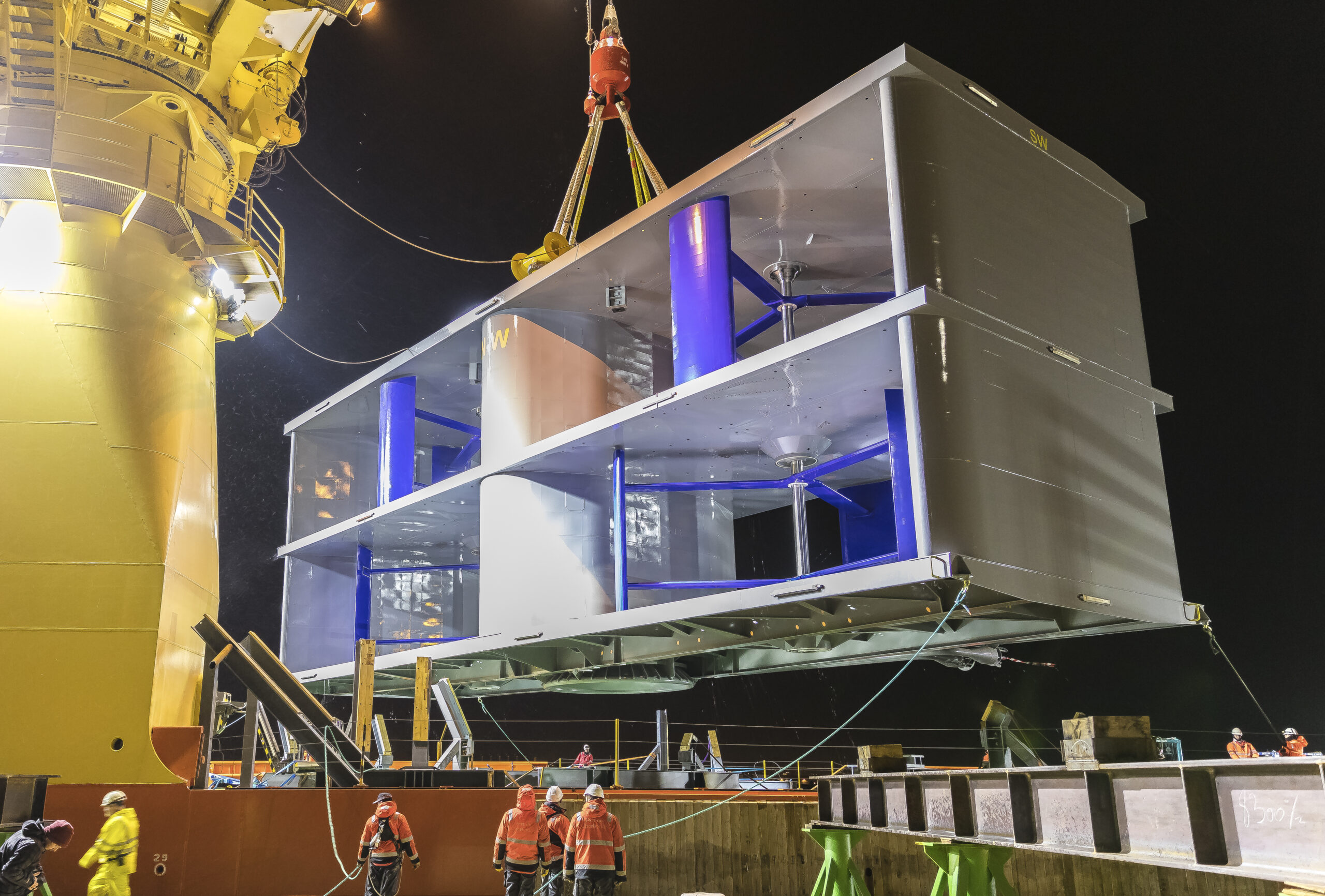
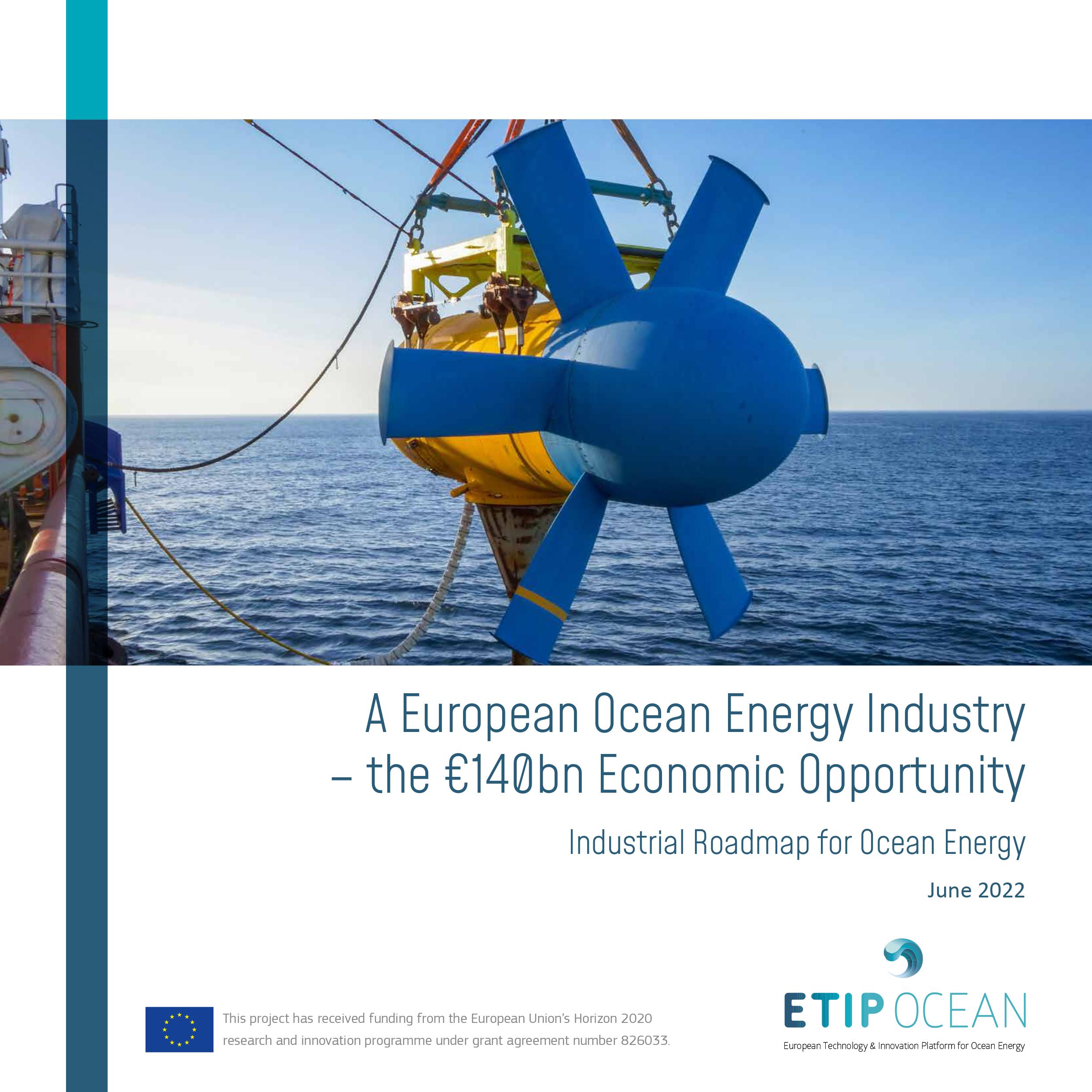
Industrial Roadmap for Ocean Energy 01 Jul 2022
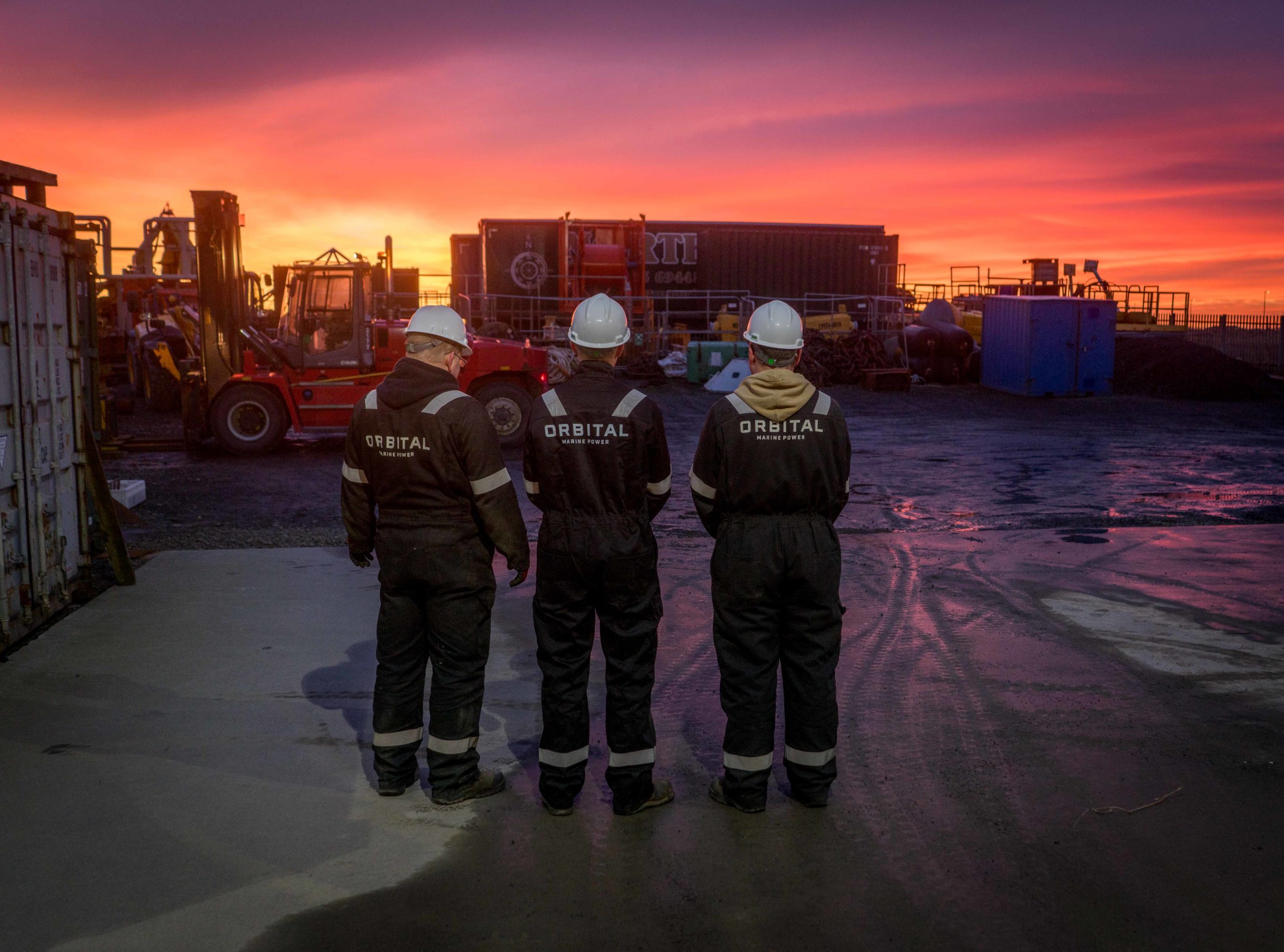
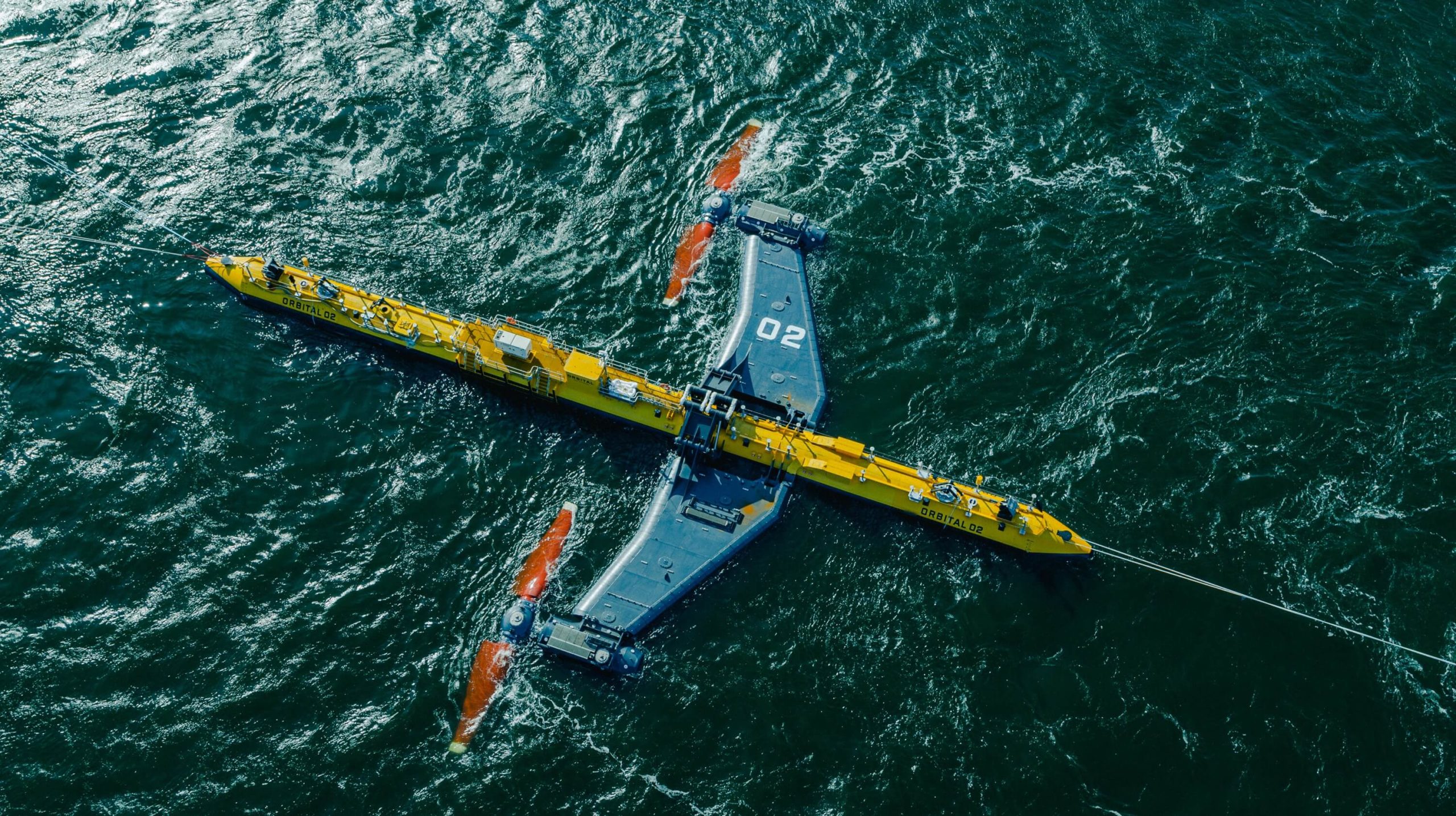
ETIP Ocean engagement with the SET Plan actions 01 Jan 2022
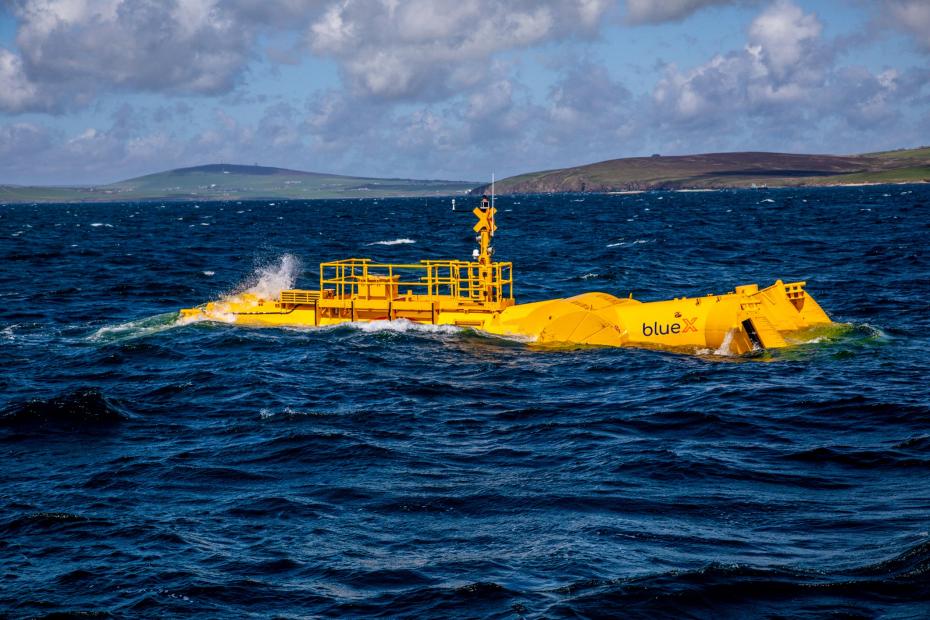
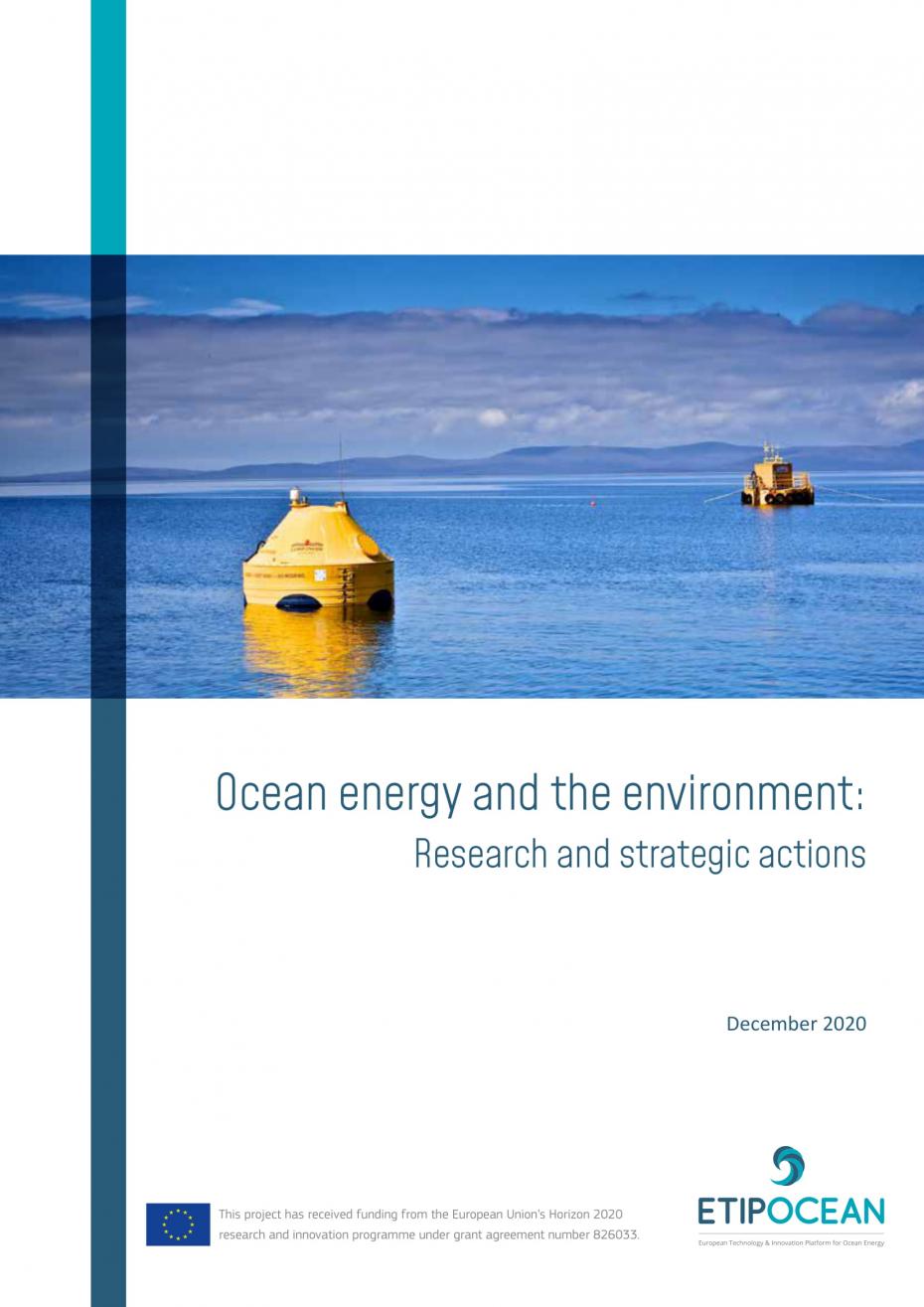
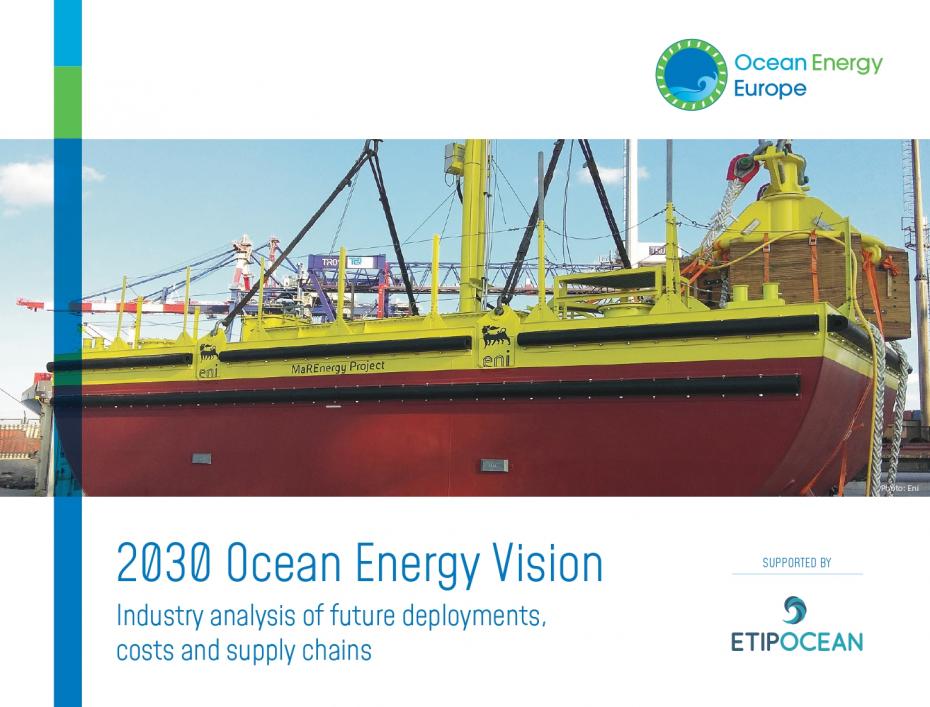
2030 Ocean Energy Vision 13 Oct 2020
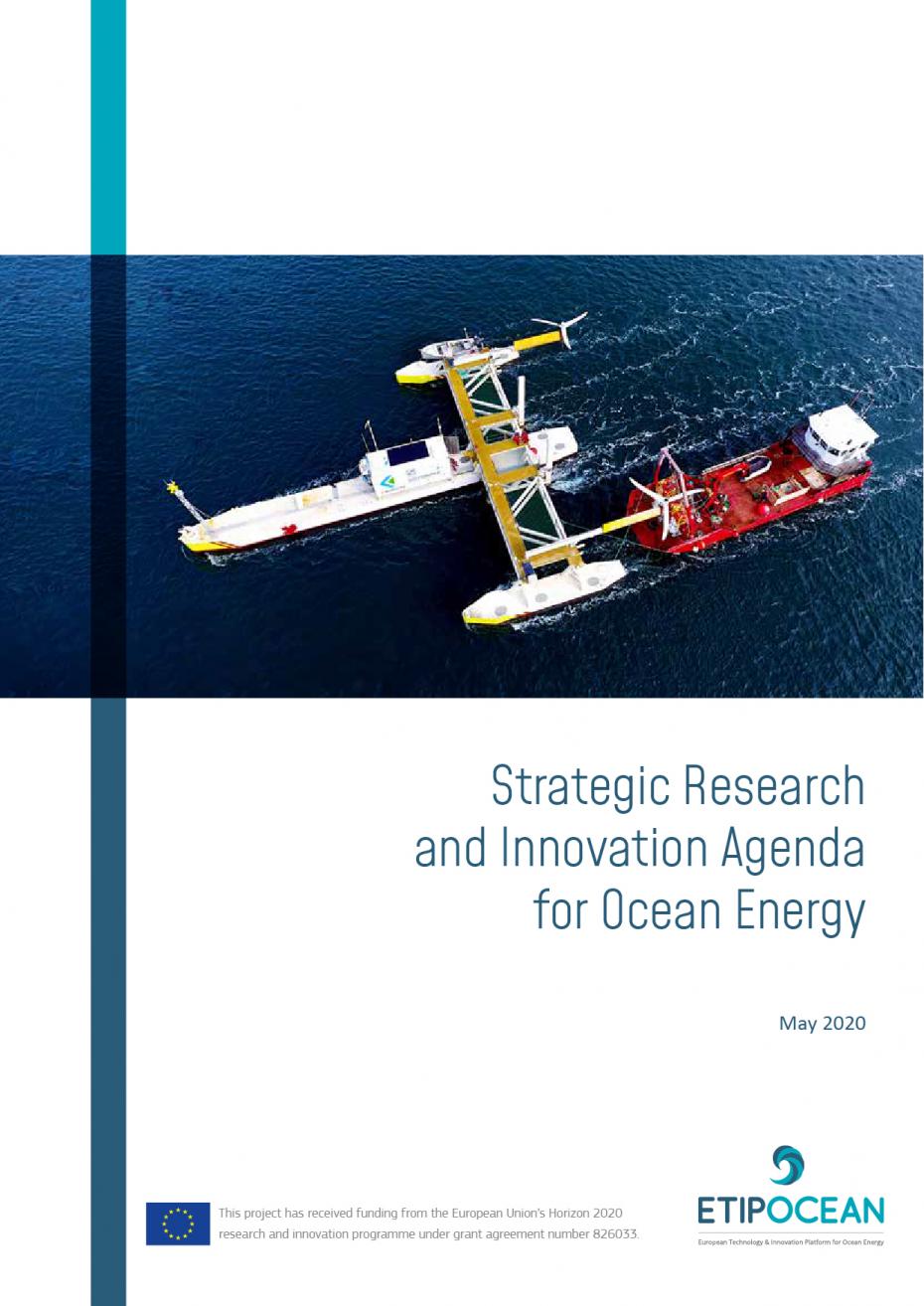
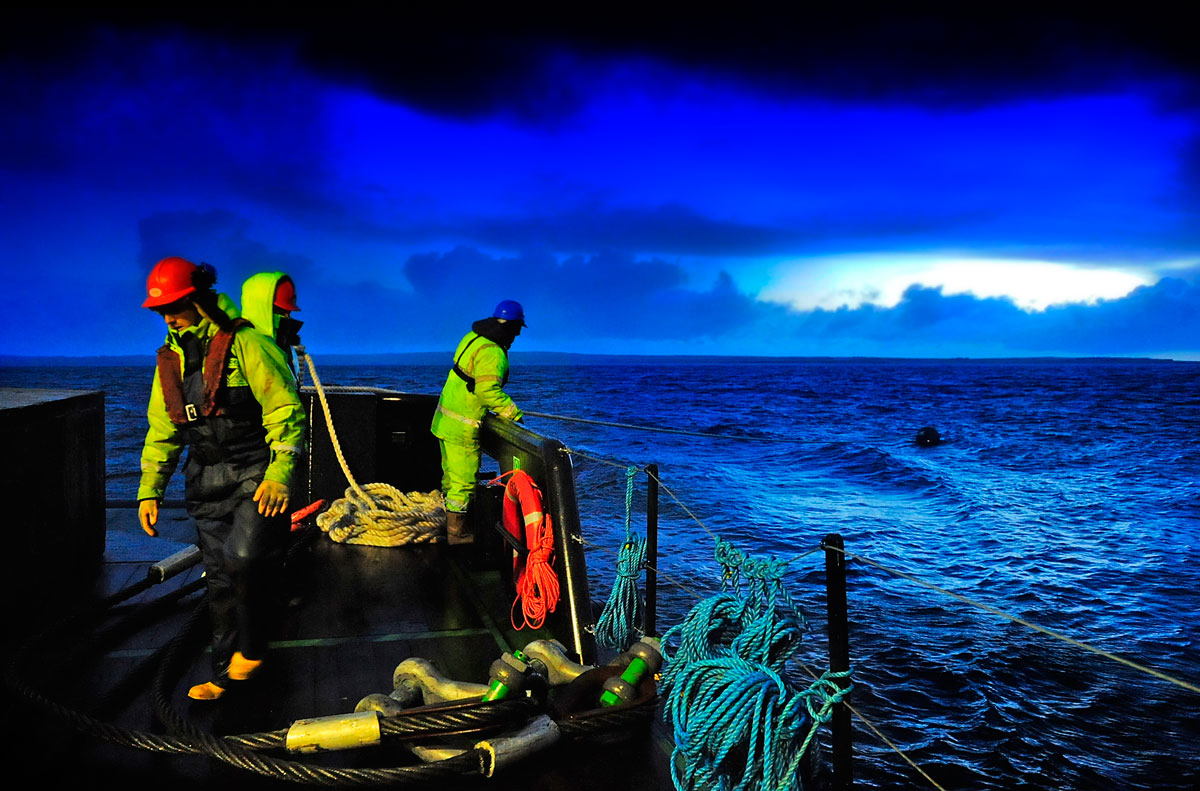
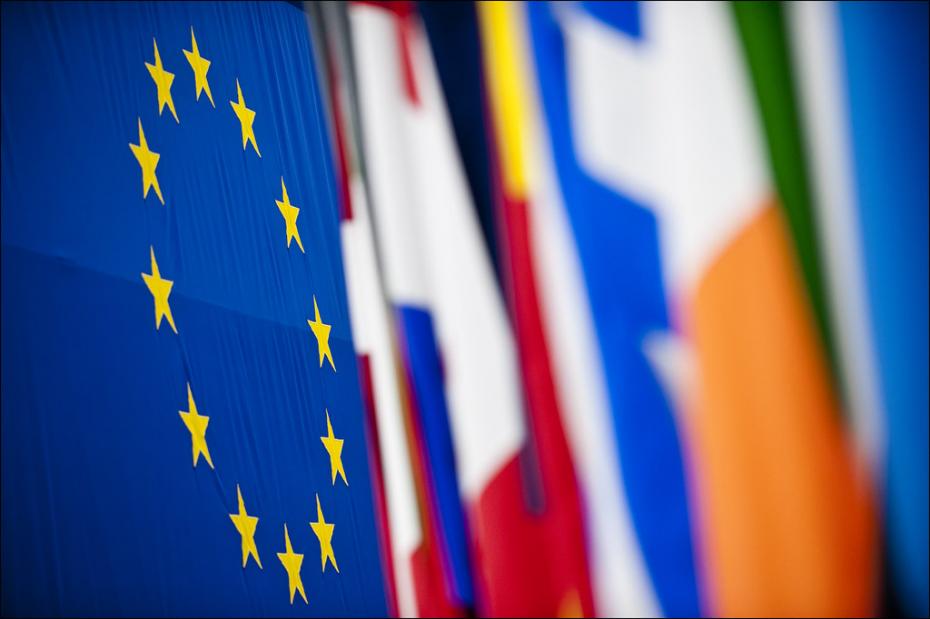
New ETIP Ocean report: EU and national policies play a key role in ocean energy development 19 Dec 2019
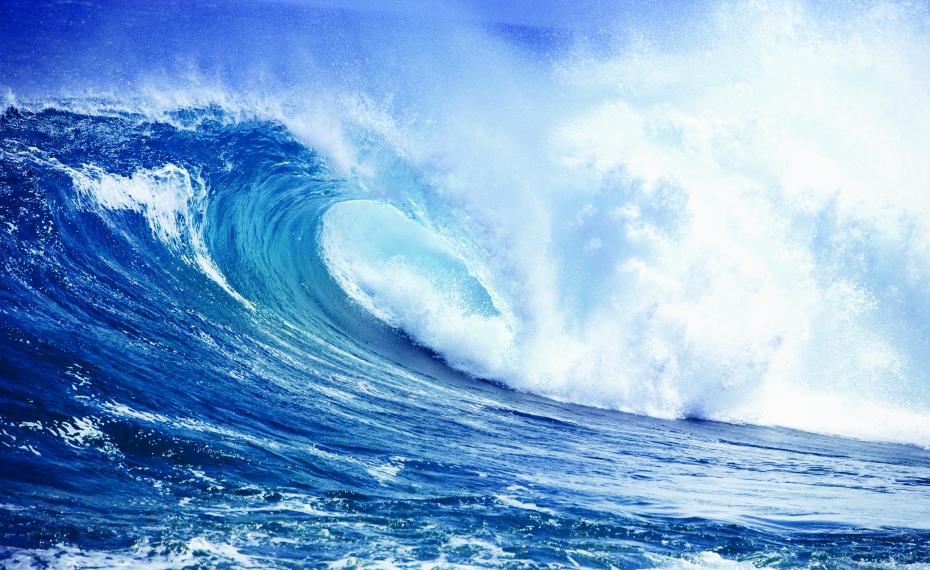

Powering Homes Today, Powering Nations Tomorrow 10 Apr 2019
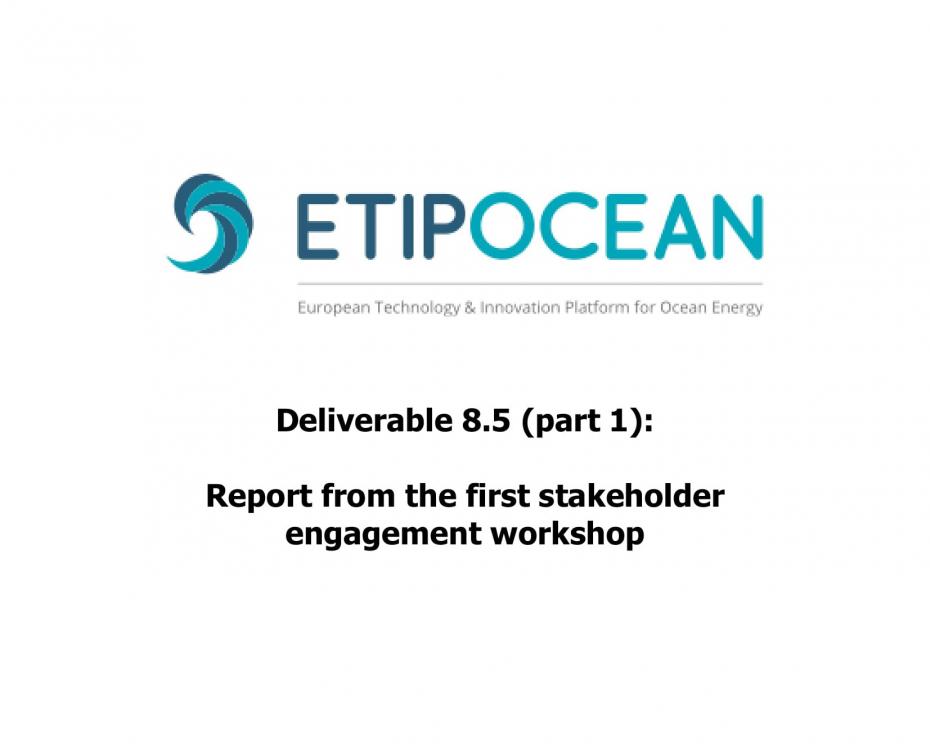
Report from the first workshop 30 Nov 2018
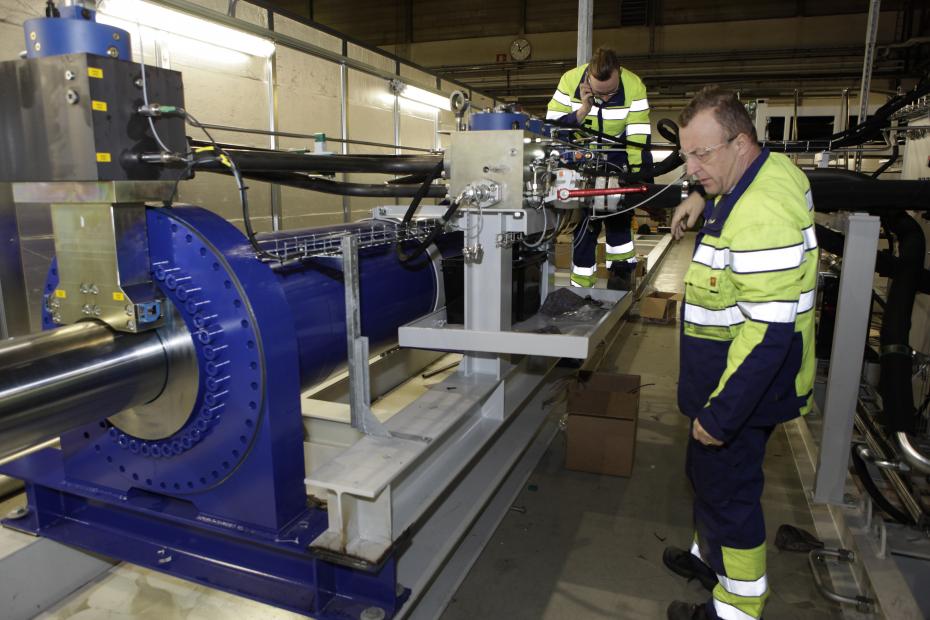
EU-funded ocean energy projects: complete description and links to H2020 and FP7 projects 28 Mar 2017
